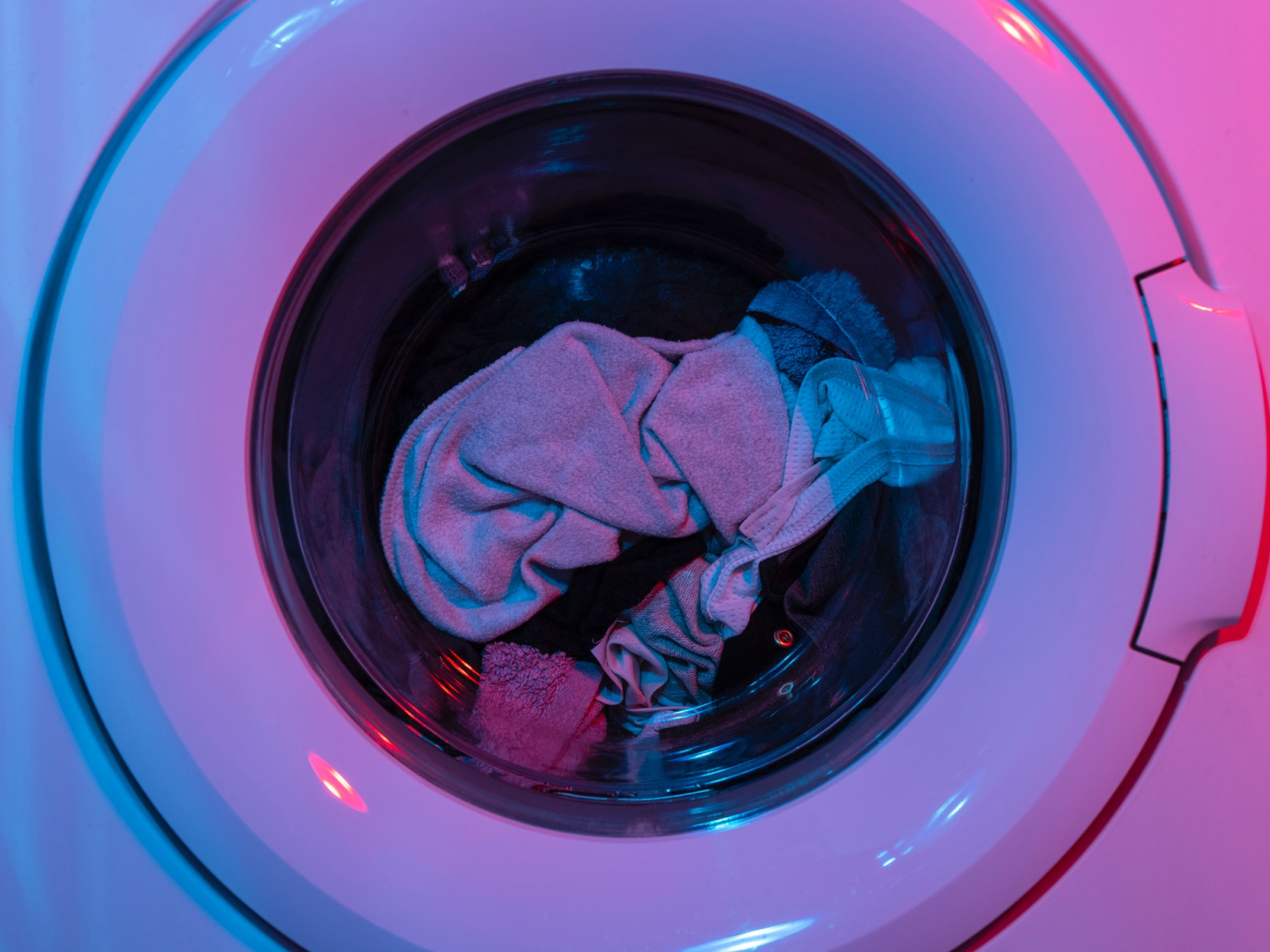Spring brings a lot of news for the household appliance sector in Europe. Starting from March 1st, new energy labels have been introduced and, above all, the long-awaited and much-discussed right to repair finally comes into force.
As the Right to Repair campaigners point out, however, this isn’t a victory yet. In fact, the new rules to encourage the repairability of products concern only a few categories of household appliances: washing machines, dishwashers, refrigerators and screens, including television ones. Not included yet are computers and smartphones, which are the electronic devices most affected by premature obsolescence.
Moreover, a closer look at the regulations reveals a number of limitations that, according to the Right to Repair campaign, could get in the way of the effective implementation of the right to repair law.
Who will be authorized to repair
In addition to being restricted to only certain products, the right to repair, as it is outlined in the new regulations, presents practical limitations as well.
First and foremost, the access to spare parts and technical manuals made available by manufacturers: if spare parts are to be available from 7 to 10 years after the product has been withdrawn from the market, only professional repairers will be allowed to get their hands on them. For safety reasons, the regulation does not guarantee access to spare parts or repair instructions to consumers, nor to groups or non-profit organizations such as repair cafes. This point definitely needs improvement, especially because, as Chloe Mikolajczak of Right to Repair points out, “the current definition of professional repairer remains very vague in the legislation”, thus giving room for ambiguous interpretations in different countries. In some cases, for example, ad hoc insurance coverage or enrollment in official “repair registries” may be required, but at the moment only few countries are planning on creating such a thing. “And this means – adds Mikolajczak – that the manufacturers themselves will be allowed to decide who qualifies as a professional repairer or not.”
Spare parts: how time and cost are still an issue
A second category of issues relates to the spare parts market.
The first one is timing: the new legislation allows manufacturers up to 15 business days to procure needed replacement parts – way too long when you have groceries rotting in your broken refrigerator. It's a rule, as Chloe Mikolajczak notes on the Right to Repair blog, that clearly pushes consumers to favor replacement of the appliance instead of repairing it.
The same effect is achieved by the often still high cost of replacement parts: “It’s an aspect that unfortunately has not yet been taken into consideration as much as it should, despite being fundamental to promote an effective right to repair”, comments Ugo Vallauri, co-founder of The Restart Project, an association that together with EEB – European Environmental Bureau, leads the Right to Repair campaign.
Additionally, the bundling of certain parts of a home appliance is still a possibility that worsens the problem of the high cost, making it impossible to sell spare parts separately. “The most typical example is the washing machine drum – explains Vallauri – Even if just the bearings break, it will still be necessary to replace the whole drum because the parts cannot be found separately. And this raises the cost of repairs, perhaps prompting the consumer to opt directly for the purchase of a new washing machine.”
Finally, the matter of software and security updates: under the new regulation, manufacturers are required to make all updates available to professional repairers for the same period of time that spare parts are available. However, there is no rule requiring them to continue to provide security updates for the product’s entire service life.
The next fight: smartphones
The right to repair now in force is therefore, according to Right to Repair activists, an important and long overdue first step, but not a triumph. “There is still a lot of work to be done – comments Ugo Vallauri – It will be necessary to stress on and fight for aspects that aren’t being taken into consideration yet but are still fundamental, such as the cost of spare parts and software updates. They will have to become key elements, even if the legal instruments that would be necessary to treat the issue aren’t clear yet. One method could include listing them in the repairability index, just as France has been attempting to do. Introducing them into the Ecodesign is another possibility, so as to eliminate products that do not meet certain standards.”
The next battleground will be the smartphone regulation package, which could be discussed by the end of the year and will certainly bring the issue of professional versus “amateur” repairers back to the forefront. Right to Repair activists are preparing to fight for the right to repair to become truly universal.



